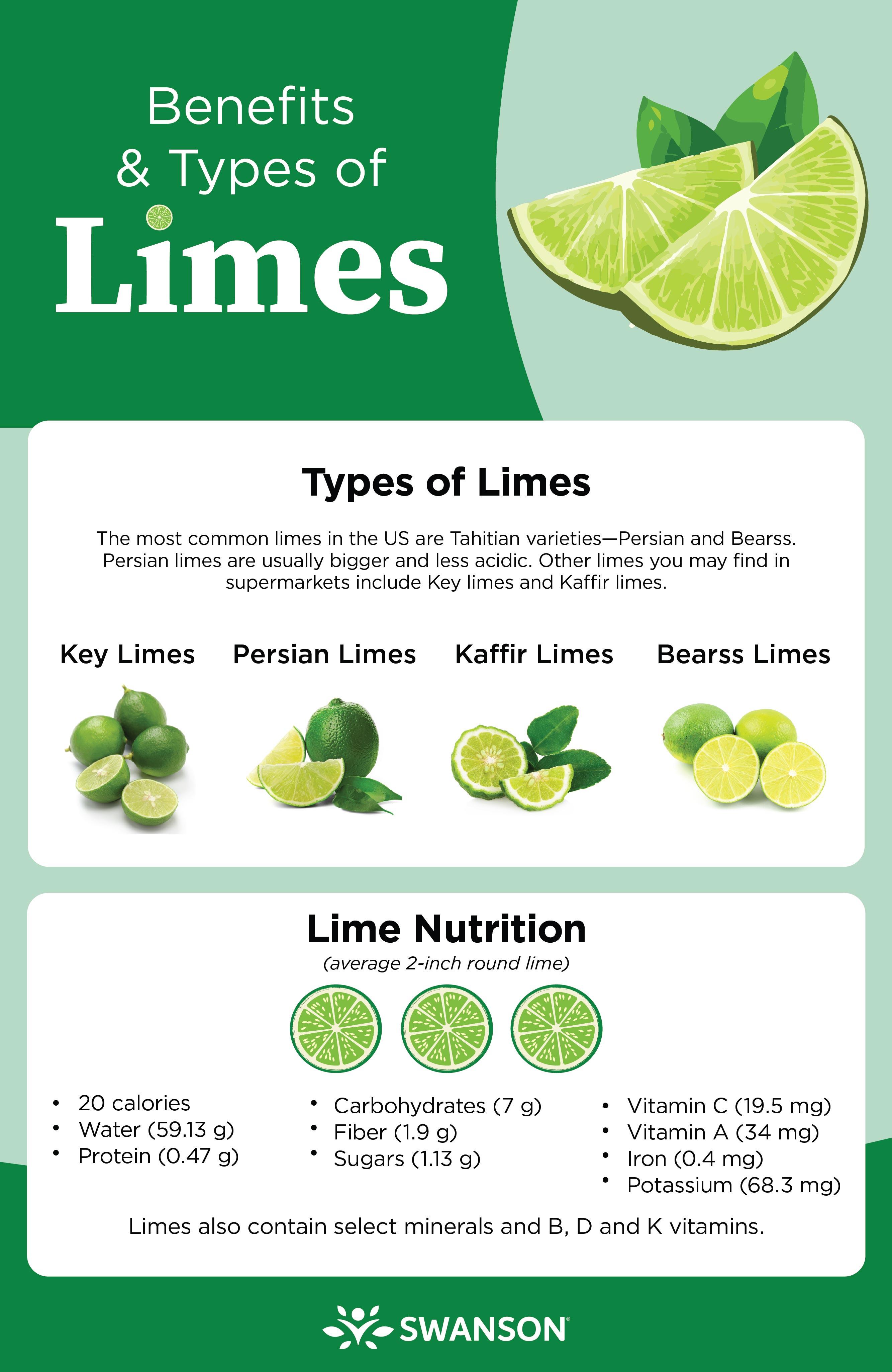Discovering the Many Uses of Lime in Everyday Life
Lime is a multifaceted fruit with a wide range of applications, from culinary and medicinal to industrial and environmental uses. Its versatility and numerous benefits make it an essential ingredient in many aspects of everyday life. Whether you’re looking to enhance your cooking, improve your health, or reduce your environmental footprint, lime is an ingredient worth getting to know. So, what is lime used for? From its role in traditional medicine to its use in modern cleaning products, lime’s uses are diverse and far-reaching. In this article, we will explore the various uses of lime, examining its benefits, properties, and applications in everyday life.
How to Use Lime in Cooking and Baking
Lime is a versatile ingredient that can add flavor, acidity, and nutrition to a variety of dishes. In cooking, lime juice is often used to marinate meats, add brightness to sauces, and enhance the flavor of vegetables. One of the most popular uses of lime in cooking is in Mexican and Indian cuisine, where it is used to make dishes such as guacamole, ceviche, and chutneys. Lime is also a key ingredient in many baked goods, such as key lime pie and lime bars. When using lime in cooking and baking, it’s essential to remember that a little goes a long way, as the acidity and flavor of lime can quickly overpower other ingredients. Some popular recipes that feature lime as a key ingredient include grilled fish with lime butter, lime and herb roasted chicken, and lime and ginger marmalade. Whether you’re looking to add a burst of citrus flavor to your cooking or baking, lime is an ingredient that can help take your dishes to the next level.
The Health Benefits of Lime: From Digestion to Immunity
Lime is a nutrient-rich fruit that offers numerous health benefits, making it a valuable addition to a healthy diet. One of the key benefits of lime is its high concentration of vitamin C, a powerful antioxidant that helps to boost immunity and protect against infections. Lime is also a rich source of flavonoids, which have been shown to have anti-inflammatory properties and may help to reduce the risk of chronic diseases such as heart disease and cancer. In addition to its antioxidant and anti-inflammatory properties, lime has been traditionally used to aid digestion and relieve symptoms of indigestion and bloating. The citric acid in lime juice may also help to stimulate digestion and improve the absorption of nutrients. Furthermore, lime has been shown to have antimicrobial properties, making it a natural remedy for colds and flu. Overall, the health benefits of lime make it a valuable ingredient to incorporate into your daily routine, whether you’re looking to boost your immunity, aid digestion, or simply add some extra nutrition to your diet.
Lime in Cleaning and Household Uses
Lime is a versatile ingredient that has been used for centuries in various industrial and household applications. One of the most common uses of lime is in cleaning products, where it is used as a natural disinfectant and odor eliminator. The acidity in lime juice makes it an effective agent for removing stains, dissolving grease, and neutralizing unpleasant odors. Lime is also used in water treatment, where it is used to adjust the pH levels of water and remove impurities. In construction, lime is used as a binding agent in mortar and plaster, and as a component in the production of cement. Additionally, lime is used in the manufacture of paper, textiles, and other industrial products. When it comes to household uses, lime can be used to clean surfaces, remove stains, and freshen the air. For example, mixing lime juice with water can create a natural cleaning solution for countertops, sinks, and mirrors. Lime can also be used to remove stubborn stains on carpets and upholstery. Overall, the industrial and household uses of lime make it a valuable ingredient in many different applications.
The Environmental Benefits of Lime: Soil Remediation and More
Lime is a valuable ingredient in environmental applications, particularly in soil remediation, water purification, and air pollution control. The high pH level of lime makes it an effective agent for neutralizing acidic soils and restoring their fertility. This process, known as liming, can help to improve soil structure, increase crop yields, and support biodiversity. In addition to its use in soil remediation, lime is also used in water treatment to remove impurities and adjust pH levels. This can help to improve water quality, reduce the risk of waterborne diseases, and support aquatic life. Furthermore, lime can be used to control air pollution by reducing the emission of sulfur dioxide and other pollutants from industrial sources. The environmental benefits of lime make it a valuable ingredient in sustainable development and environmental conservation. By using lime in these ways, we can help to mitigate the effects of climate change, support ecosystem health, and promote a more sustainable future.
Using Lime in Beauty and Skincare Routines
Lime is a popular ingredient in the beauty and skincare industry, thanks to its numerous benefits for the skin, hair, and teeth. The high concentration of vitamin C in lime makes it an effective agent for brightening and evening out skin tone, reducing the appearance of dark spots and hyperpigmentation. Lime juice can also be used as a natural astringent, helping to reduce the size of pores and minimize the appearance of acne. In addition to its skincare benefits, lime is also used in hair care products to promote healthy hair growth, reduce dandruff, and add shine to the hair. The antiseptic and antibacterial properties of lime make it an effective ingredient for oral health, helping to reduce plaque, bad breath, and gum inflammation. When using lime in beauty and skincare routines, it’s essential to dilute the juice with water, as undiluted lime juice can be too harsh on the skin. Some popular ways to use lime in beauty and skincare routines include adding lime juice to face masks, using lime as a hair rinse, and incorporating lime into oral health products.
Lime in Traditional Medicine and Folk Remedies
Lime has been used for centuries in traditional medicine and folk remedies, particularly in Ayurvedic and Unani medicine. In these systems, lime is valued for its medicinal properties, including its high concentration of vitamin C, flavonoids, and other nutrients. Lime is used to treat a variety of ailments, including fever, cough, and sore throat. It is also used to aid digestion, relieve constipation, and promote overall health. In addition to its medicinal uses, lime is also used in traditional rituals and ceremonies, where it is believed to have spiritual and purifying properties. The use of lime in traditional medicine and folk remedies is a testament to its versatility and importance as a natural remedy. By exploring the traditional uses of lime, we can gain a deeper understanding of its potential benefits and applications in modern medicine.
Conclusion: The Multifaceted Power of Lime
In conclusion, lime is a versatile and essential ingredient that has been used for centuries in various applications, from culinary and medicinal to industrial and environmental uses. Its high concentration of vitamin C, flavonoids, and other nutrients make it a valuable ingredient in promoting overall health and well-being. Whether you’re looking to enhance your cooking, aid digestion, or support sustainable development, lime is an ingredient that can help. By exploring the many uses of lime, we can gain a deeper understanding of its potential benefits and applications in everyday life. So, what is lime used for? The answer is clear: lime is a multifaceted ingredient that can be used in a variety of ways to promote health, sustainability, and overall well-being. By incorporating lime into your daily routines, you can experience the many benefits of this incredible ingredient for yourself.





